Around me, nature is slowly coming to life. I can probably hear a jay above me, but the gentle swing of the hammock still keeps me in a light half-sleep, so I don't pore over the bird species. Did something pass by? I feel the dawn coming on, and slowly I wake up, too. Occasionally a tarp rustles as the morning breeze kicks in. I open my eyes and gradually adjust to the light of the new day. I unbutton the mosquito net and lean out to look outside the tarp into the treetops, while at the same time I'm groping the ground beneath me, feeling the vine, and setting up for morning tea. I'll stay a little longer and enjoy my tea nicely from my hammock.
That it was all different? Very well, it might have been as follows… God, what a night! It first caught me at eleven. As soon as I finally settled in and found a comfortable position and started to fall asleep, I started to feel like peeing. So unzip the sleeping bag, tuck my legs up to my chin, and then stick them to the port side and throw them over the edge of the hammock, and preferably hit my shoes at the same time. Well, I missed, but I can’t really stand it anymore, so I’m running out of the tarp without my shoes. God, what a relief! Now get back in your hammock. For ten minutes, I wrestle with my sleeping bag like some anaconda, adjust the heating placement, tuck in and fall asleep. At 3 a.m., I wake up with a chill in my legs. I can’t get a grip on myself again, so I roll sideways into a crouched position, rubbing my feet to keep them warm. I fall asleep to wake up from the cold every now and then, and so it goes until morning. I pretend to get a great night’s sleep in the morning. I wouldn’t admit reality for a golden pig.
That was my first experience, and a few others, of sleeping in a hammock – and probably most of you, too, if you decide to trade your tent for a hammock. Of course, there will be exceptions, but in my case, it was not love at first sight. But even here, if you don’t give up, you’ll gradually get to the quiet nights. And that’s what this show should be about hamburgers. But first, let’s take a look at history, at the beginning of the path that led to today’s hamburger phenomenon.
History Lessons
The birth of the ancestor of today’s hammock most likely dates back some 1,000 years to the Central and South American region. Anthropological research confirms that the hammocks were woven from strips of bark of the hamako tree for quite some time. These beds were called nothing but “hamacas” by the native Indians. Hence the name for the hammock.
In this part of the world, the hammock was, and still is, a perfect protection from snakes, rodents and other annoying and often poisonous jungle dwellers, as well as the surroundings of human habitation. To this day, the people of South America still use it, putting their children in it, using it to sleep and rest after work.
New Guinea. Pilot Officer “Scotty” Duguid is relaxing with a book in a hammock, waiting for an order to take off within range of his Kittyhawk.
When the first European, or Christopher Columbus, docked off the Bahamas Islands on 12 October 1492, he noticed, among many other things, that the indigenous population was using special woven nets to sleep, hanging above the ground among the trees This way of sleeping so intrigued him that several pieces of hammock were decided by the crew to be shipped back to Spain. From there, the hammocks spread: it was the Spaniards again, during the Spanish Conquista period, when, as conquerors, they bloodily colonized the coastal areas of present-day Florida, Mexico, and Central America, carrying with them – now canvas – hammocks that they had introduced as standard equipment for colony units. By the end of the 16th century, the hammocks had been introduced by all the navies of the world powers at the time.
On ships, too, hammock solved the problem of rodents and other vermin, but its practicality proved to be more than that. She saved space because, as an alternative to beds, hammocks took up far less space. Next, hammocks were used in the swell, because if there was a storm, hammocks naturally compensated for the rocking of the ship. That is why the storm was spent in hammock by the off-duty part of the crew. Who doesn’t, right?
In continental Europe, hammocks began to be used for leisure in the 16th century, producing not only hammocks made of canvas, but also lighter versions made of rope netting (which, however, were less comfortable). On a really large scale, hammocks were used on large structures, such as building a railway or the Panama Canal. It was a cheap, practical and, most importantly, quick solution to sleeping, and in that it was really elusive.
In its modern history, the hammocks have gone through just about every conflict of war – but still the hammocks were made from canvas, originally invented by the Spanish. It was not until the Vietnam War that a major innovation occurred, prompted by the need to supply hammocks made of lighter materials than canvas for reconnaissance troops. Experiment has begun, for example, with material designed to make parachutes. There have also been structural changes.
But the really tumultuous development of the hammocks began in the early 2000s, a trend that continues to this day. New materials are emerging all the time, products are decreasing in weight, new manufacturers are coming in. The heart of a hammerhead!
Sleeping in hammock: Myths and Facts
The market’s choice of hammock is that it takes time to find the right one. Plus, it takes time to learn how to hang a hammock properly. Not to mention the first nights, before the body gets used to the new “bed,” as I mentioned in the introduction. In short, there’s time to be patient on the hammock — because it’s worth it, and once a hammock has come to its taste, it doesn’t want to sleep any other way. Now, let’s compare the advantages and disadvantages of hammocks, and perhaps break down some of the old ideas and clichés that constantly accompany the debate around hammocking.
– You can build hammock anywhere
Yes, in Europe, South and North America, much of Asia, but even in Africa, you can really build a hammock almost anywhere. You only need two fixed points to hang it between. The ideal is to find two trees, and they’re pretty much everywhere, and if they’re not, you usually just drive a little off the road and you’re sure to find them.
Sometimes you just have to find a combination of an old wall, a pole or an abandoned car with a tree, for example, and you’re set. In this respect, the hammock is an impossibly practical bed. You don’t have to think too much about where you’re going to lie down, because you know you’re going to find a spot pretty soon, and that’s why you can focus on your wanderings through the countryside . . . and that’s what it’s all about, isn’t it? Not even rocky terrain or a steep slope will stop you. You simply put hammock aside the obstacles – it is like a wave of a magic wand that makes you say only abracadabra, now I want to sleep.
“You can’t say that about a tent. For a tent, but also for a classic bivouac, you need to find the ideal spot on the plane, and preferably without anything to push your spine at night.
But if you decide to visit the Scottish Highlands, the Mongol Plains, or the Sahara Desert, you will have a problem with the hammock. There are solutions where it can also be put on the ground, with some travellers even taking with them special folding anchor racks designed for hanging hammocks, but these are compromises that increase the weight of equipment. On such trips, good planning will help, with sleeping places selected to contain rock formations, abandoned ruins, etc., where you can “hang out.” Or you choose a tent this time.
– Hammock is nature-friendly
The rising popularity of hammock that we have seen over the past decade has a lot to do with the recent trend that has made civilization ponder environmental protection. Wildlife is dwindling, while people are increasingly on the planet. Logically, more people also want to spend time in the open to relax and escape for a while from the merry-go-round we call normal life. There is a growing surge of visitors in protected areas and not just there. As part of the effort to preserve it, tourists’ increasing interest in wildlife has brought with it various limitations. And here the choice is clear: not only is sleeping in nature in hammocks still freer from the perspective of current laws, the hammock is also decidedly more economical compared to the tent. Most of the time, you can tell the place where the tent was pitched by the dried-up, hard-packed, unevenness-stripped spot on the ground. No chance of that with a hammock. Hanging a hammock on a tree is solved with special tree loops, called tree huggers. The loops are held ‘for friction’, with the pressure spread out into a wide band that does not cut into the bark and therefore does not affect the calf that runs the nutrients through the tree. You also don’t have to adjust the terrain under the hammock, you’re suspended, and when you leave the sleeping place in the morning, no one will know.
– It’s hot in the hammock
I sometimes come across the notion that a man is hot in a hammock because the material of the hammock actually wraps him almost around. Don’t believe everything they say. Today’s hammocks are made of very breathable fabrics, and, moreover, when you lie in a hammock, air can circulate freely around you, cooling you down well. Sometimes too well . . . I see cooling as the biggest weakness (not just) of winter hammering that needs to be addressed with additional heating. We’ll get to that in a moment… You also don’t breathe tent-like air while sleeping in a hammock. You only have a tarp or a straight sky above you.
– Your butt is cold in the hammock
One of the biggest weaknesses of hammock is over-cooling. Any hammerhead knows that. The whole problem lies in the position of the human body while lying in the hammock. If the hammock is unencumbered, it resembles a hanging banana. Depending on how you set it up, you then lie in it less or more diagonally, minimizing the arching of your body. However, you never sleep completely straight and it is the lowest point of your body that suffers the most from the cold. The bottom line is that logic becomes your ass. It’s beneath that that you put your weight most tightly on the insulating layers of your clothes and sleeping bag, lose the loft, and chill out quickly. It’s very unpleasant and you certainly don’t get any sleep afterwards. That is why, for example, I drive hammocks all year round, and I don’t recommend anyone to go without one if the temperature drops below 20°C at night. For some, a caribbean will suffice as insulation; for me, a special insulation designed directly for the hammock seems to be the best solution. But more on that some other time . . .
– You build hammock quickly
The truth is, that’s what the hammerheads say, trying to recruit another potential hamburger or hooker to their side. If you’ve been broken before, don’t believe him. He means well to you, but he is full of shit. Know that you will build the hammock much more slowly than the good ultralight tent you have so-called in your hand. That is the point. Hammock construction has a long learning curve, and if you want to build fast, you have to get the whole process perfect. Never learn to build a hamaka on your first expedition, it will be early in the morning and you can go home again. Hamak, learn to build first at home or in the garden, and try all possible settings until you can do it blindly … I have a challenge for you: try wearing a blindfold and measuring your time with a stopwatch. I tried. If you can do that, you’ll find that experience very useful. The last time I needed it was on my way to a bikepacking reunion in Kumburka, when I left Prague a day earlier in the evening and drove into the woods in the dark to see Brandýs nad Labem. There, I found that my headboard was a complete battery drain. There was nothing to do but build blindfold … So let’s make a little adjustment: you build a hammock as fast as a good, simple ultralight tent — if you already know how to do it.
– Hammock is lighter than a tent
Some say yes, some say no. And why is there no consensus? That’s because every hammock can have a different set-up that meets just his needs. So don’t look at the hammock as a tent, this optics doesn’t apply here. If you want to take full advantage of the hammock, then look at it as a system whose key characteristic is modularity. And modularity gives you almost infinite freedom in how you eventually build your hammock set and cook for summer, winter, and transition periods. Don’t be afraid to combine products from different brands. As an example, the grammars will be happy to keep the hammock set as light and thorough as possible. He’ll probably reach for the whoopy slings suspension. Hammock would use the superlight of ripstop fabric, and he would have a separate mosquito net to take only if he went to the Chamber. He’ll only carry Tarp if he has to, and it’ll probably be the super-light version. The seal would be feathered and he would use quilt instead of a sleeping bag. Yes, you can have a hammock set that will be the lightest in the world – or the toughest, or something between the two. That’s entirely up to you.
– You can’t sleep in a hammock
Claiming that you don’t sleep so well in a hammock is probably the most common objection to hammocks that you hear or find on the Internet, However, I don’t dare say that you sleep better in a hammock. In hammock, I think you sleep just as well, but in a different way. WTF? In a classic bed, the human body exerts its weight only at certain points (shoulder blades, shoulders, joints, hips, head, etc.). After a while, the body evaluates these pressures as unpleasant and you change position. You wake up in the morning on your side or your stomach… But a hammock might not sleep on your stomach, so how can sleeping in it be comfortable? The advantage of the hammock lies in removing the pressure points! So back-to-back sleeping is more comfortable in hammock, and there are unlimited ways to bend your legs or arms. (In addition, the position with your feet up is good for circulation.) But to keep it simple, the degree of comfort in sleeping in hammocks depends on proper sagging and choosing the proper hammocks at all, but these are techniques we will discuss at another time. I might add from personal experience that hammocks can be slept in very comfortably on the side, as long as you adhere to a few ground rules that eliminate the danger of being spilled by hammocks – another topic we will address in the series.
Go to next episode: Choosing the Hammock or Finding the Holy Grail

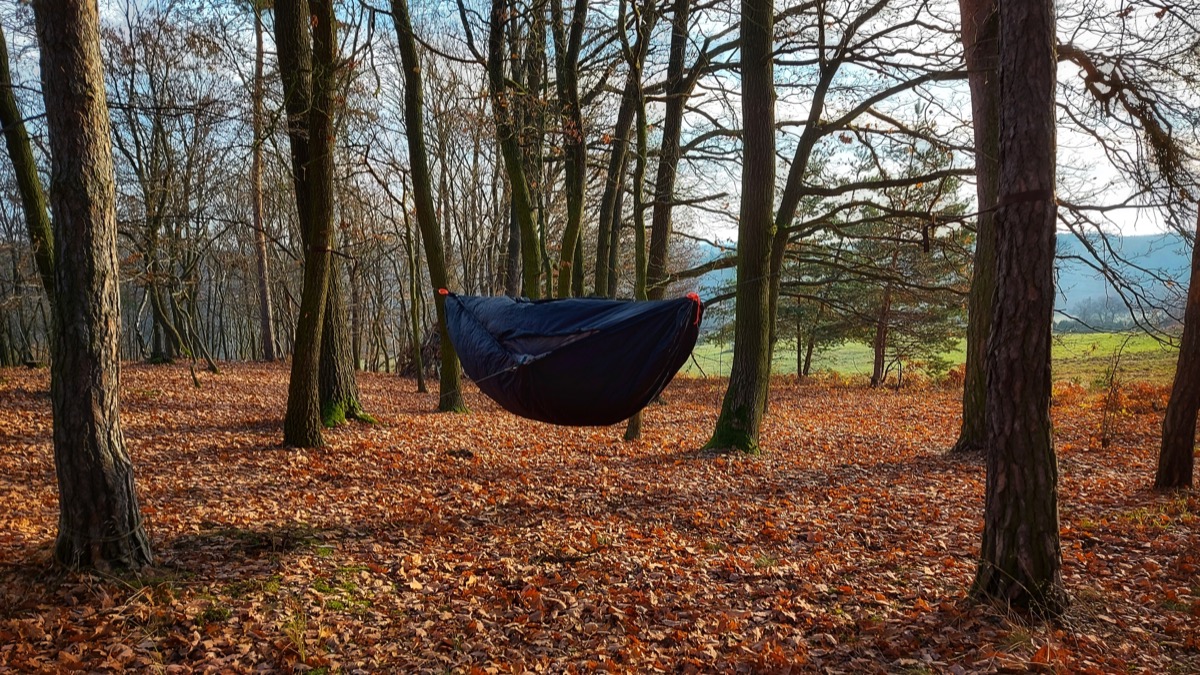
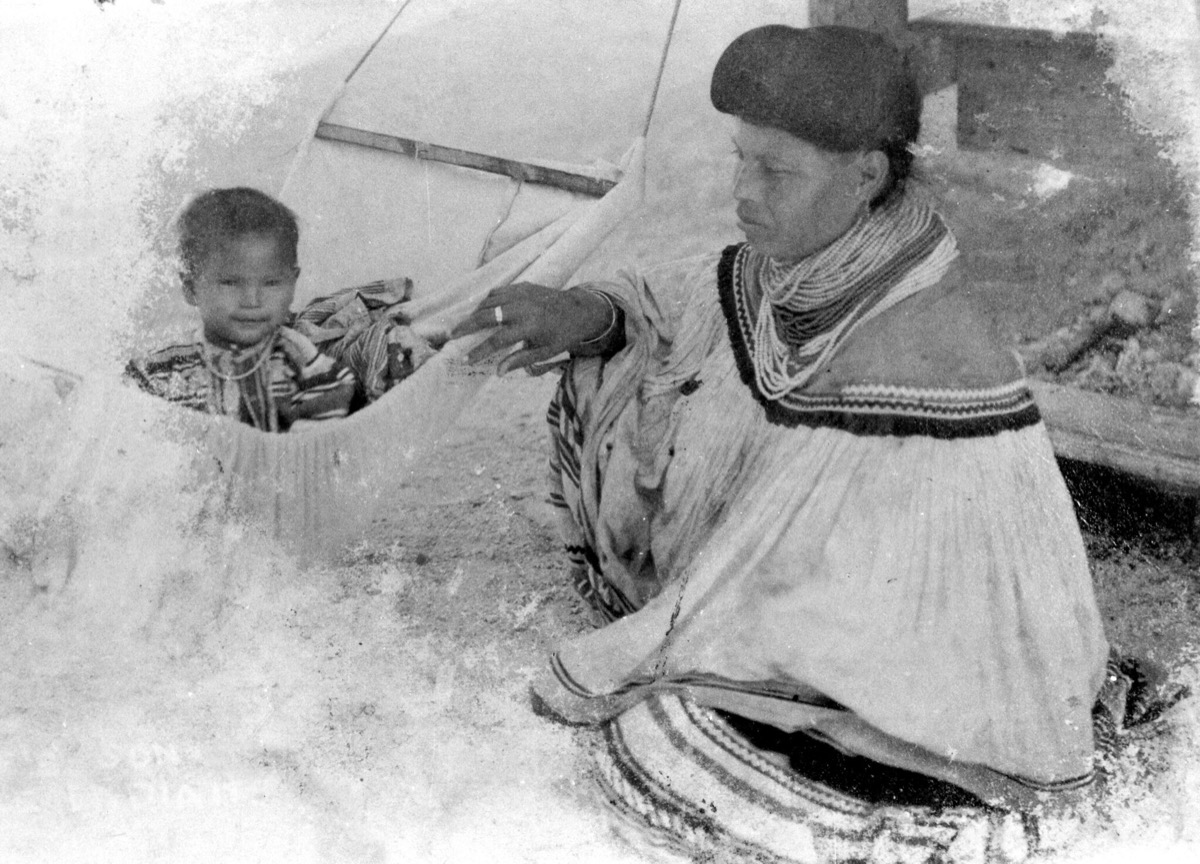

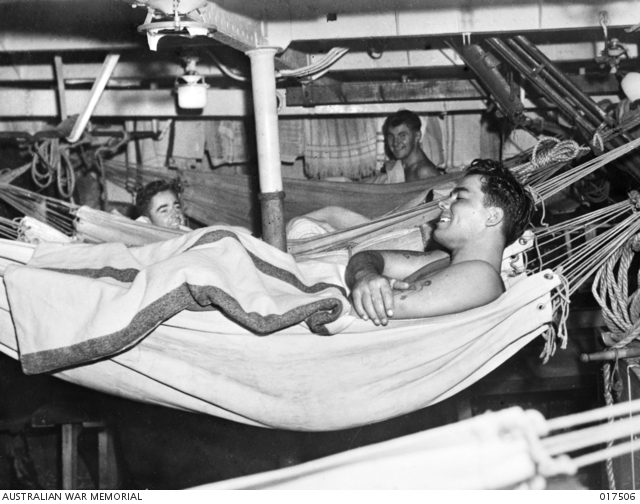
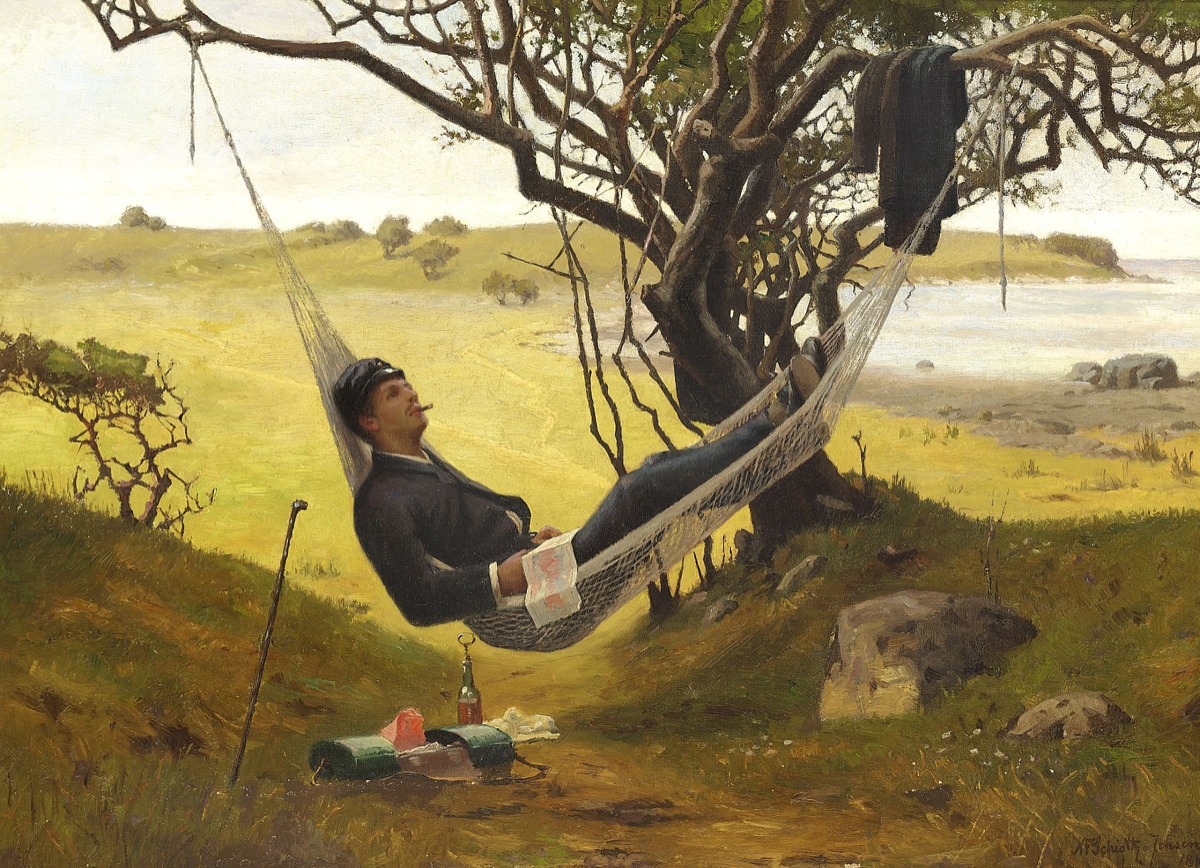
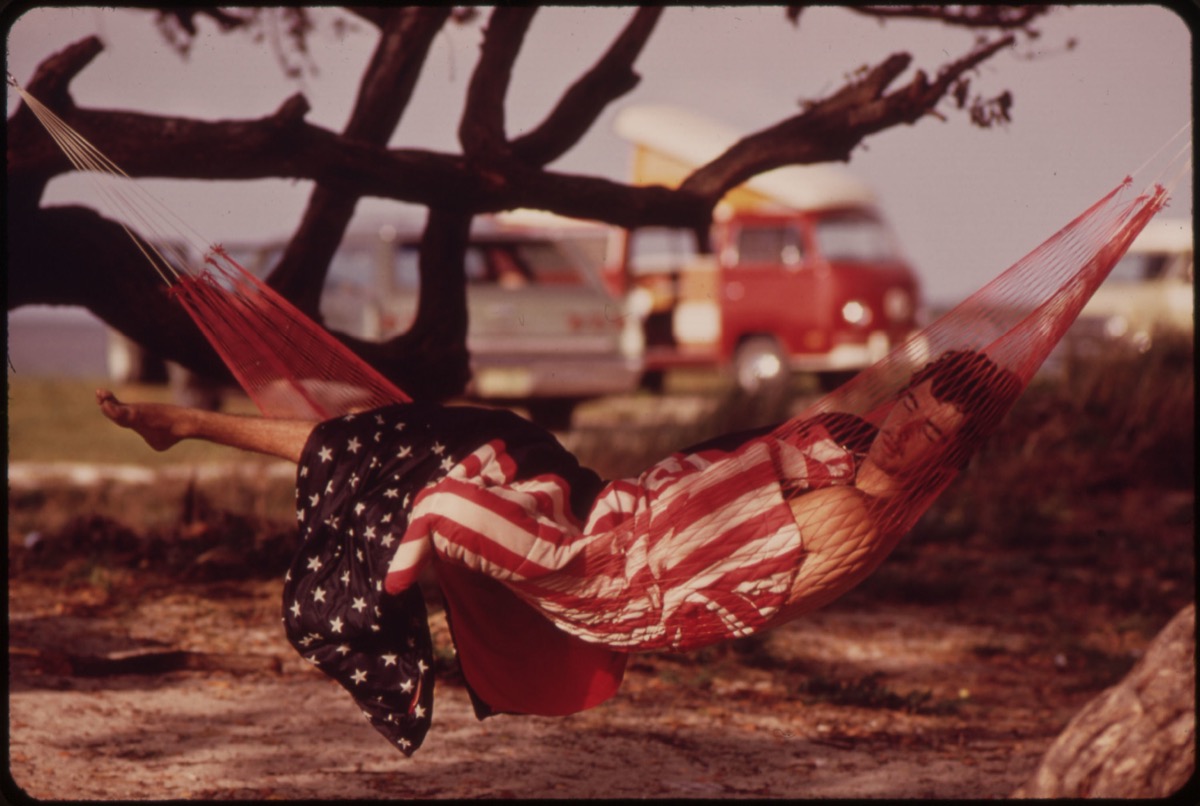
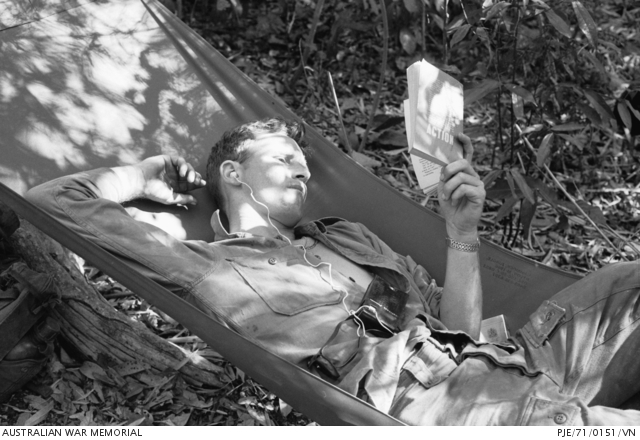
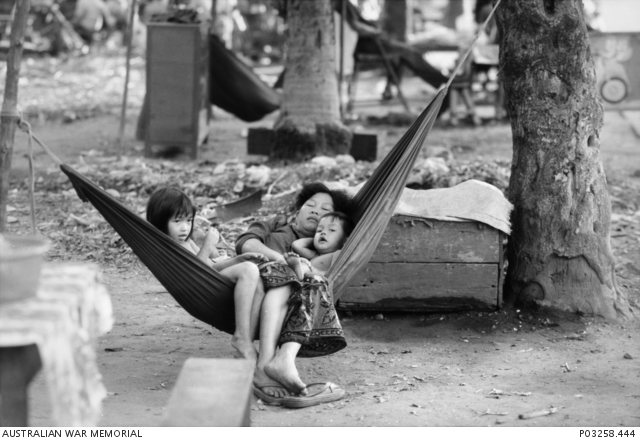
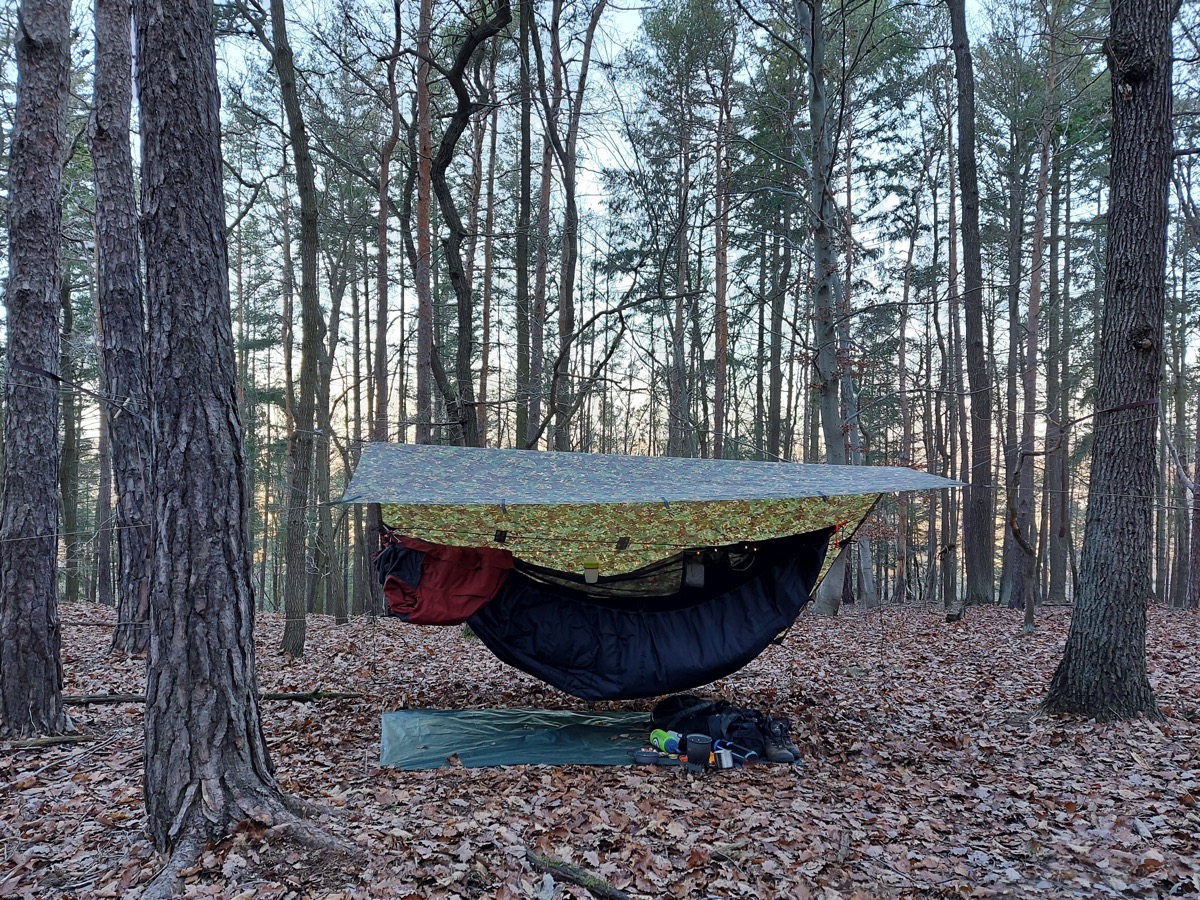
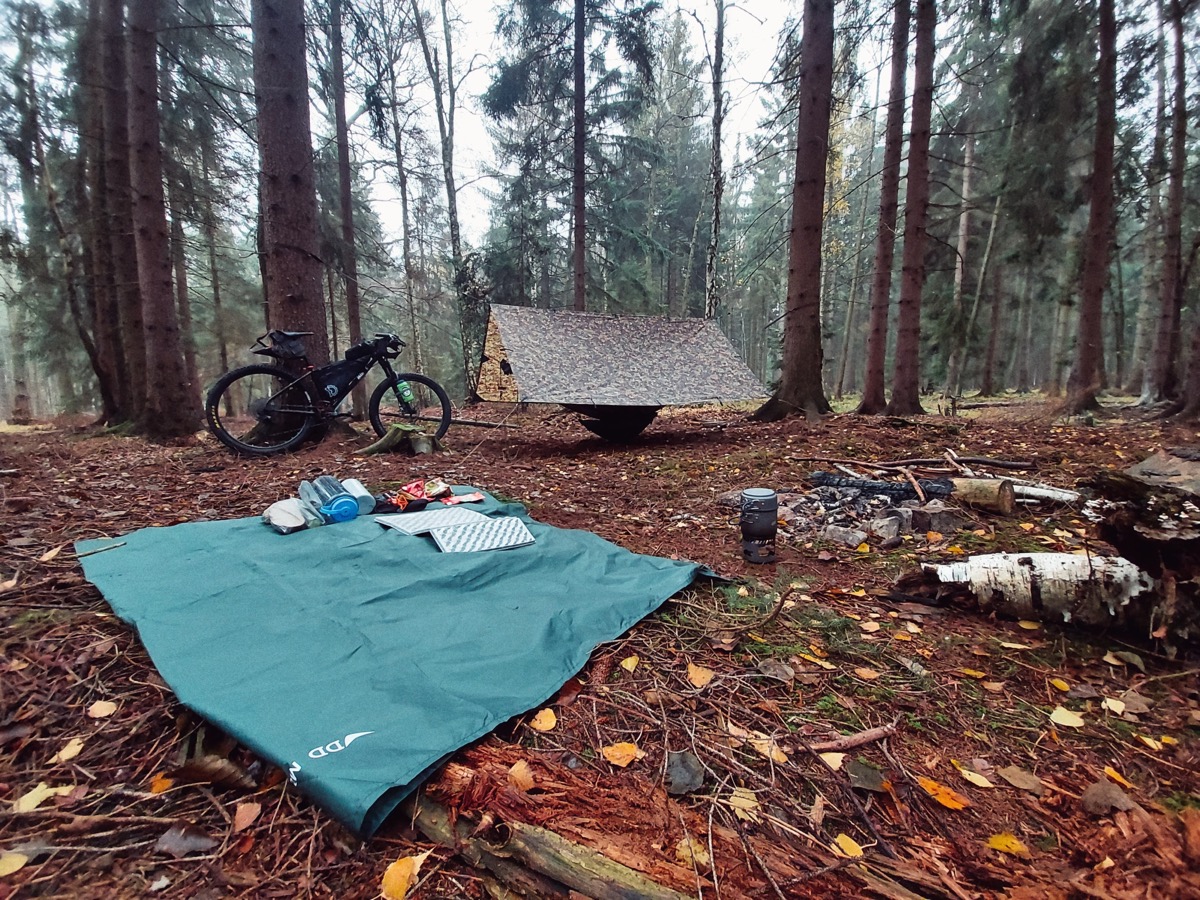
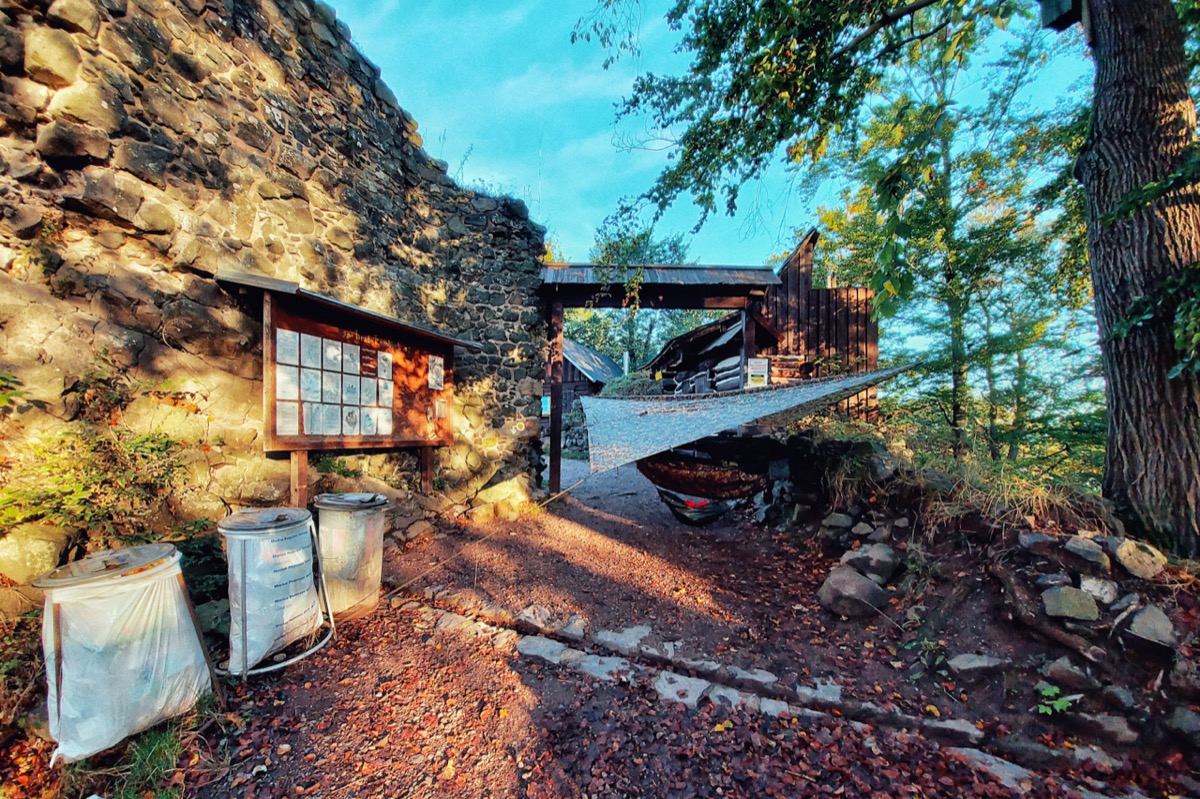
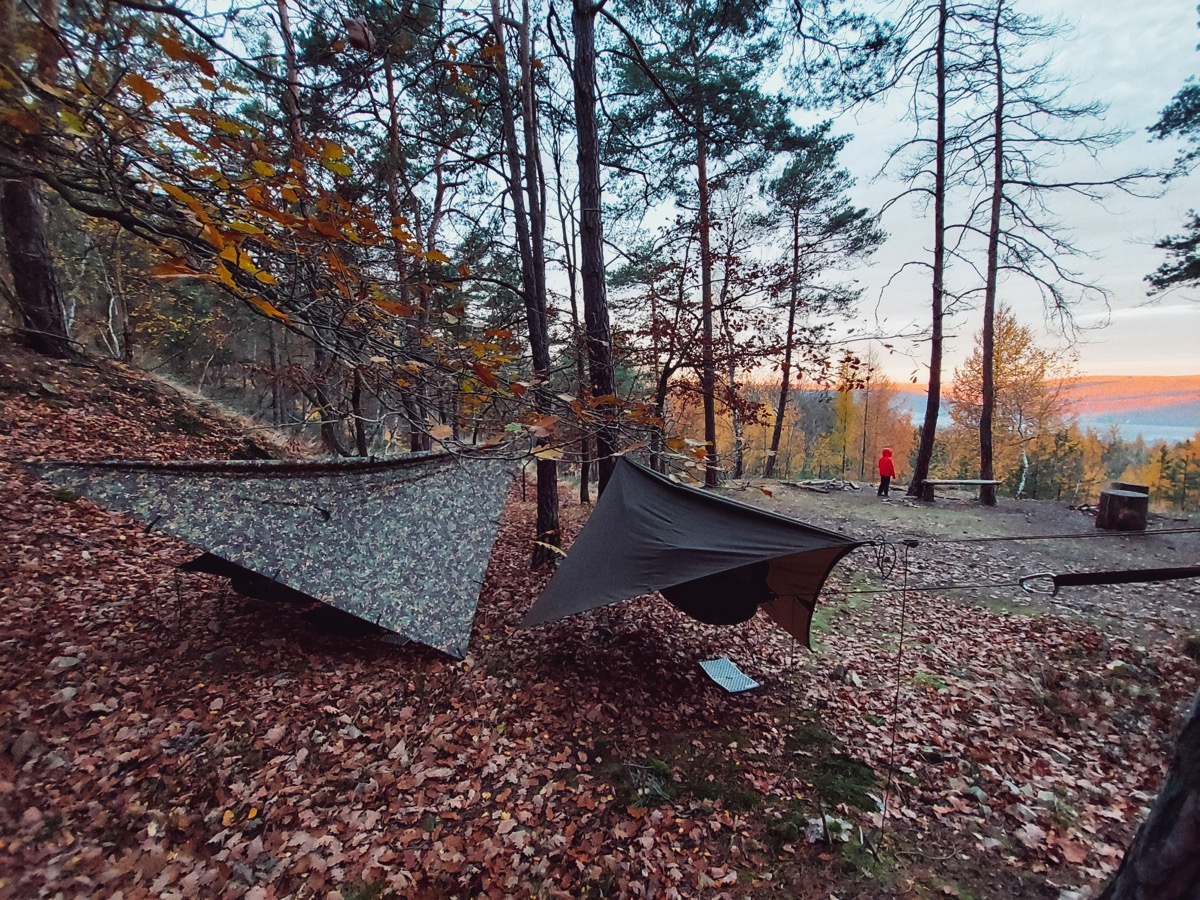
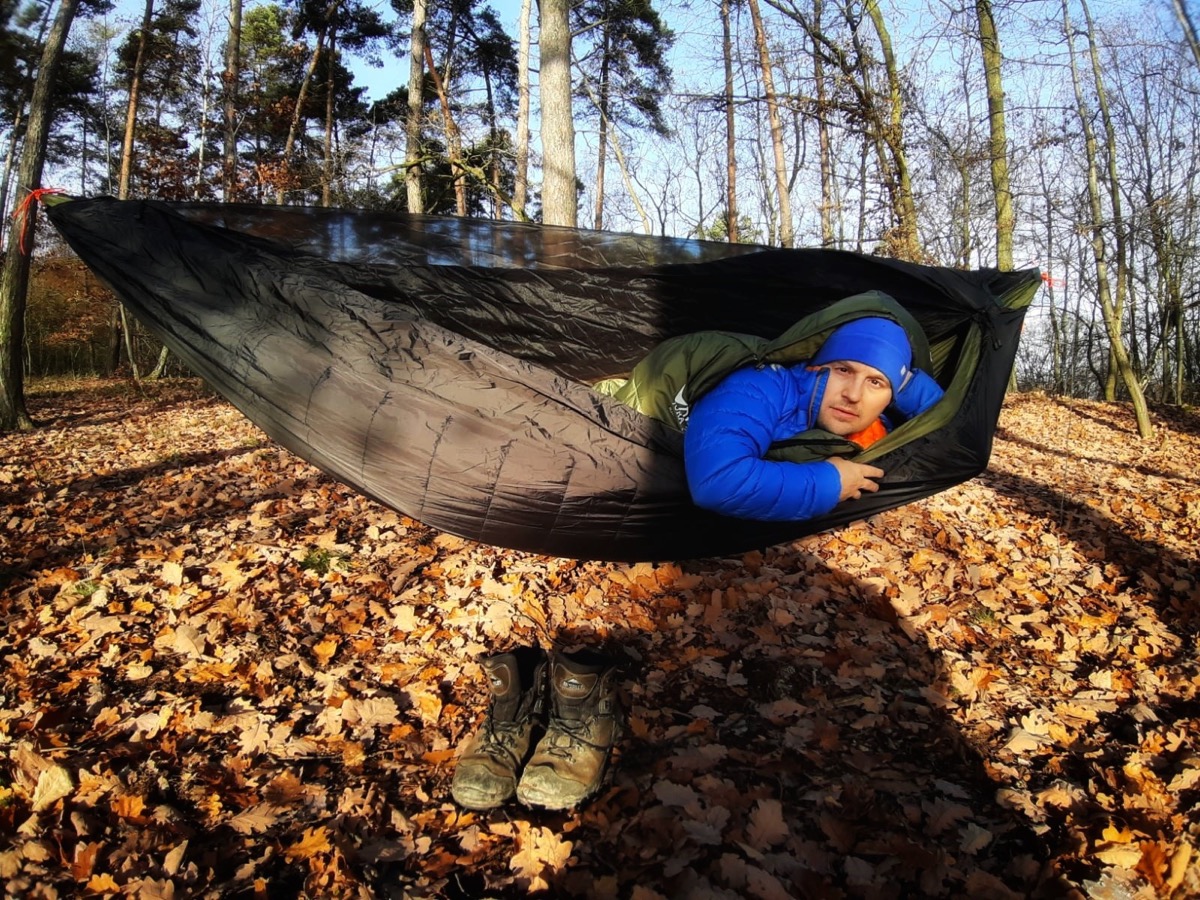
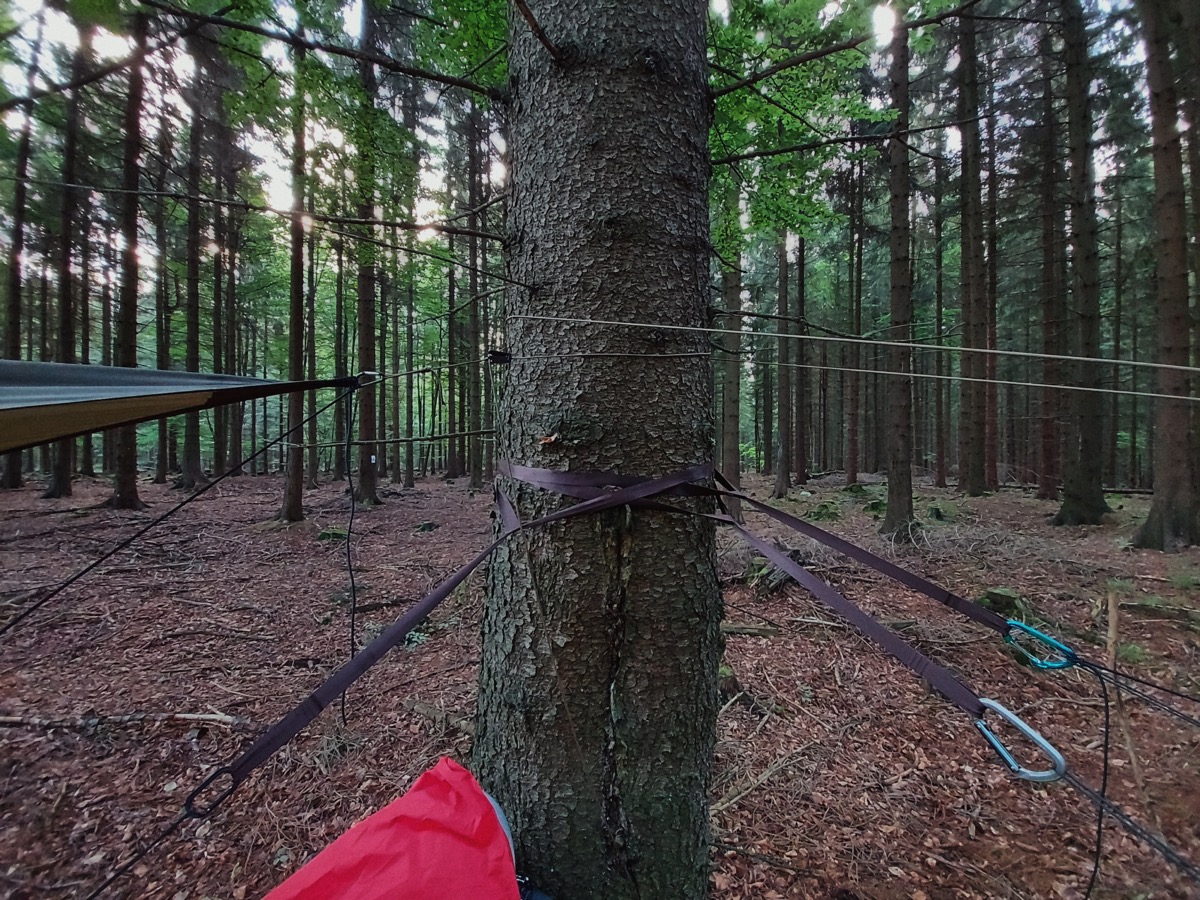
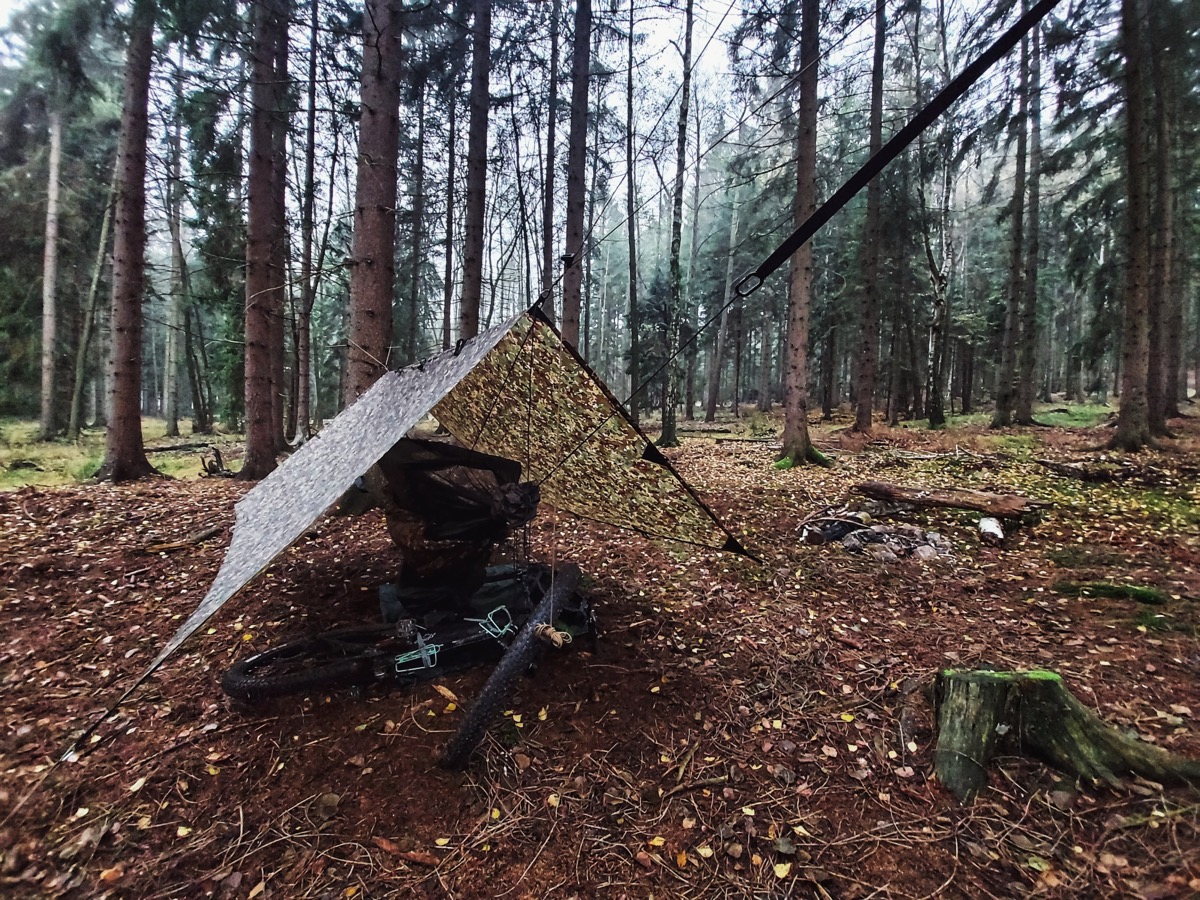
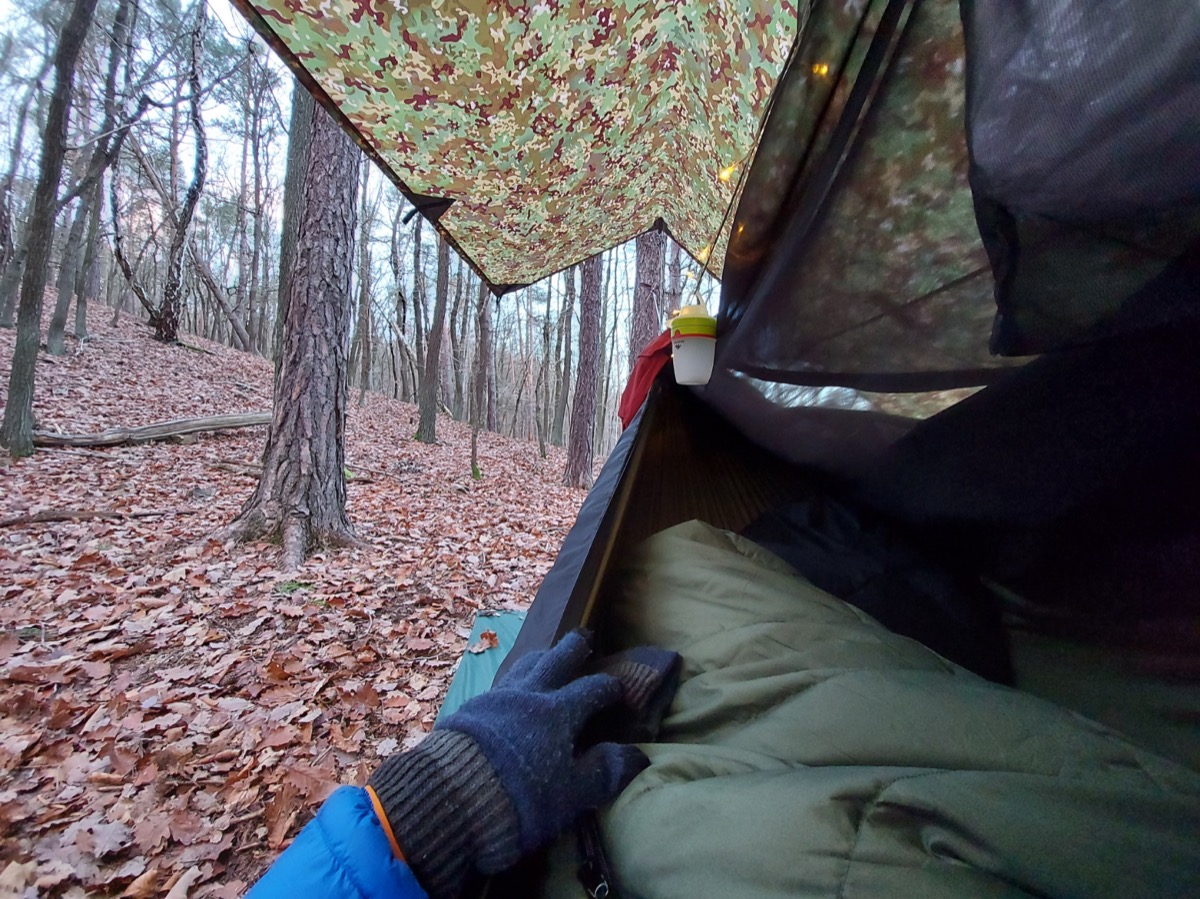
Discussion